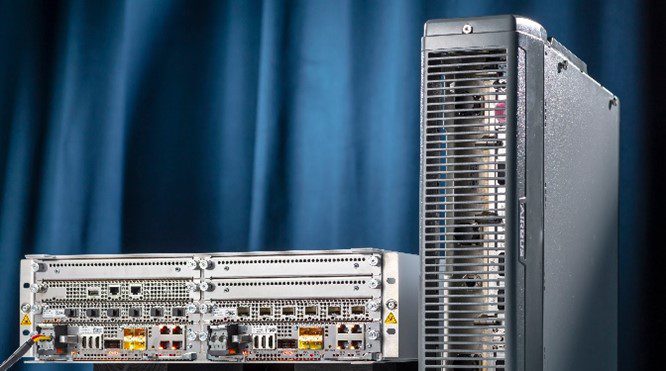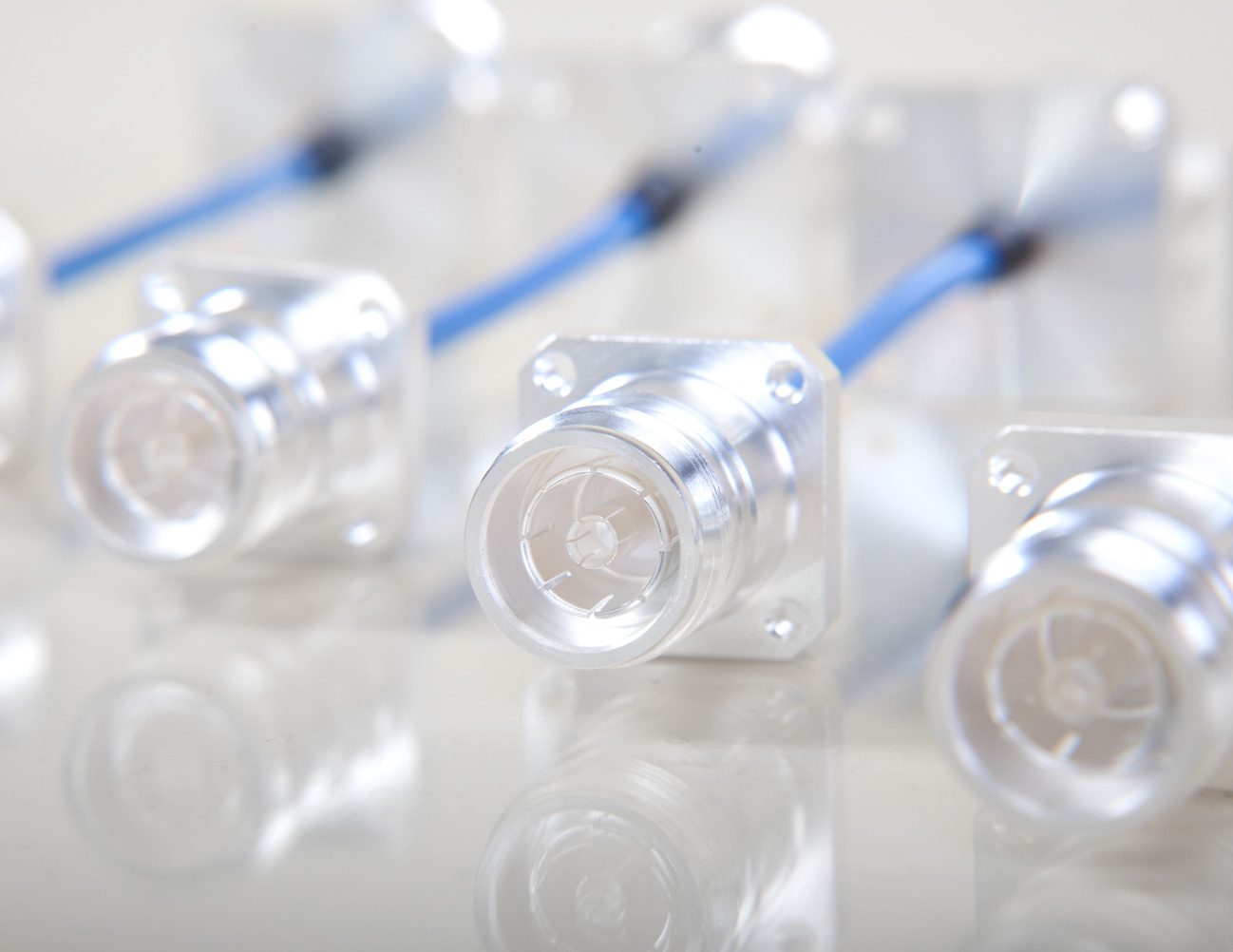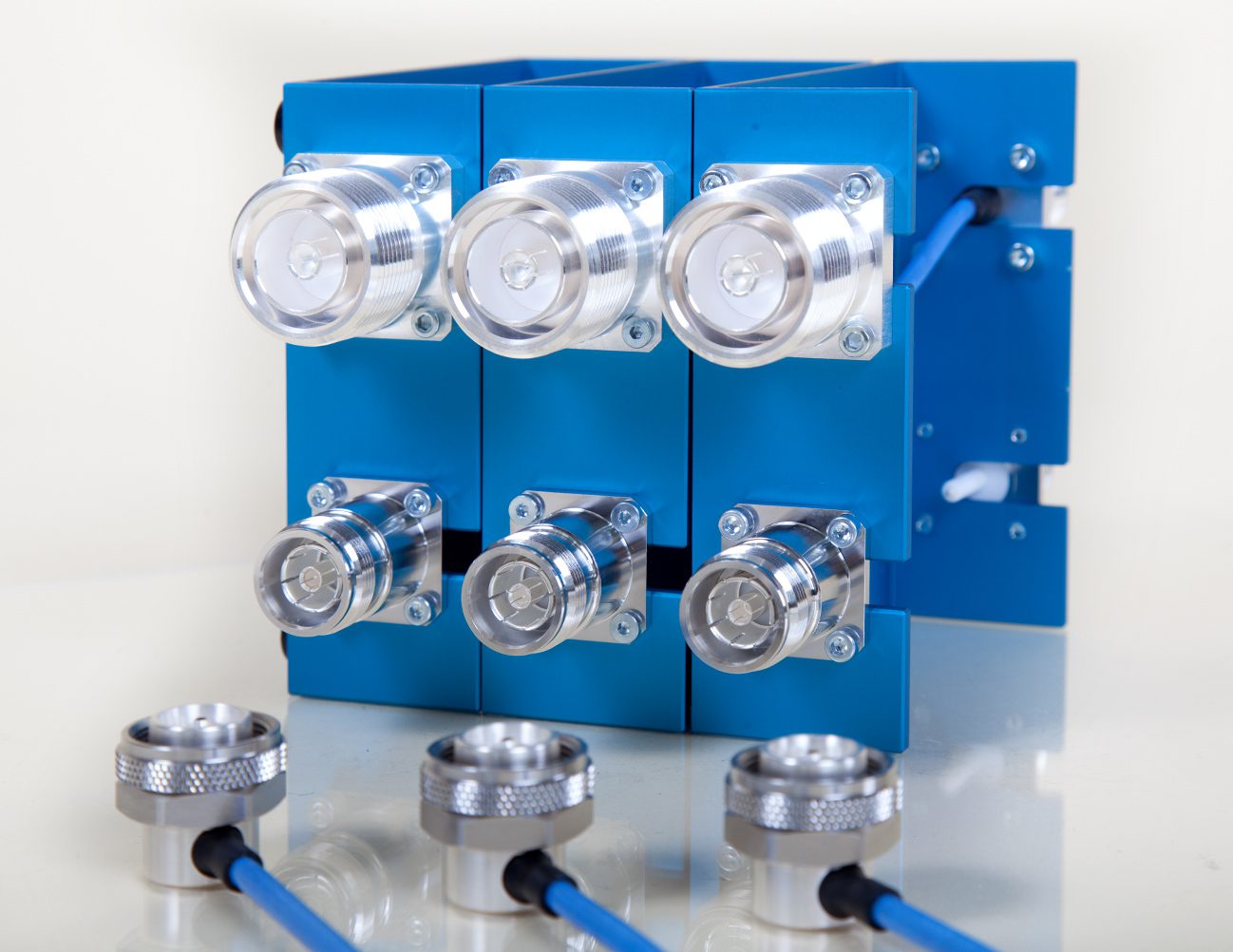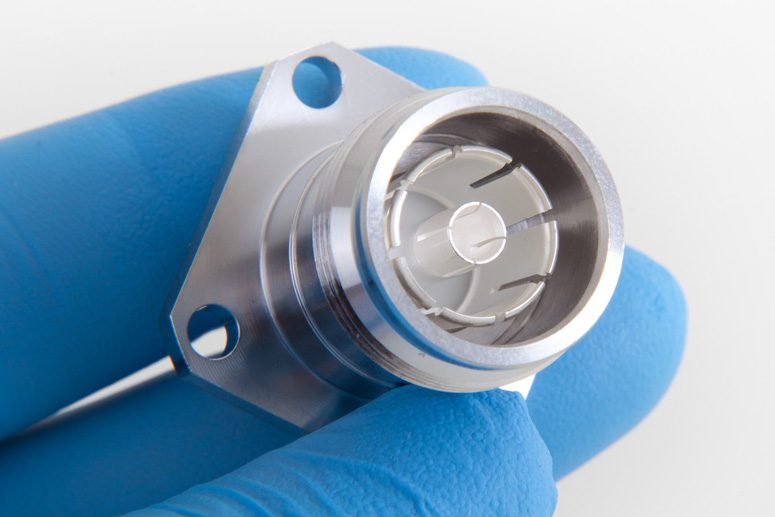Digital Radio Communication Systems Serve on Air and Land
Secure voice and media communications for emergency services, the military, and aircraft can be achieved with the use of private mobile radio and TETRA systems.
Professional mobile radio (PMR) or private mobile radio allows users in the transportation, military, oil & gas, public safety and government, and commercial industries to make direct, person-to-person, secure communications using satellites, instead of relying on infrastructure which may become damaged in disaster events. They are also used for operations that are geographically out of reach, such as offshore oil rigs and aircraft. They typically serve users who cannot rely on public phone services such as GSM for reasons of security, redundancy in the event of disaster, or a need for push-to-talk functions.
These systems enable the transmission of voice and multimedia communications between agencies, military personnel, commercial dispatch, or between the public and emergency centers. Also called trunked radio communications networks, they are used in daily emergency operations as well as disaster situations. These systems are governed by regional or industry-specific standards organizations, including DTMF, CTCSS, TETRA, APCO 25, NXDN, and MPT-1327. The three most widely used systems are the Telecommunications Industry Association (TIA) standard Project 25 (P25), the European Telecommunications Standards Institute (ETSI) standard TETRA, and the proprietary solution TETRAPOL.

TETRA radios can communicate in network mode or without a network in direct mode, enabling users to communicate with each other when there is no available network, limited network coverage, in remote areas with no coverage, or in disaster scenarios.
The equipment used in these systems includes mobile and fixed units, including radio units, base stations, and antennas affixed to towers. They use the VHF and UHF frequency bands. Some networks are separate from commercial mobile networks, while others combine commercial and private networks in which PMR services are delivered together with other mobile communication services via the same distributed antenna system (DAS). High-quality components are essential to successful system operation and reliability, especially since issues like passive intermodulation can cause considerable problems in voice and data communications.

The Airbus TB4 TETRA radio is a hybrid base station with both TETRA and 4G/5G technologies in a one-base station.
Radio communication systems operate with the help of specialized RF interconnects, including 4.3-10 high-density RF connectors, a recently developed standard for small, lightweight RF connectors that can be implemented in base systems and other network infrastructure. In aircraft, these systems support secure communications between the flight crew and ground teams. Airbus included them in its proprietary TB4 system, developed in conjunction with Nokia. TB4 requires less power, provides a longer lifetime, and requires minimum heating and cooling. It is a hybrid base station with both TETRA and 4G/5G technologies in a one-base station. This allows flexibility for future advancements and offers a smooth transition to broadband services. IMS Connector Systems supplies Airbus with its compact 4.3-10, N-Type, and 7-16 coaxial connector series, along with cable assemblies, for use in this system.

IMS Connector Systems’ 4.3-10 connector series provides excellent PIM, superior RF and electrical performance, and high screening efficiency. It features a 25.4 mm compact flange size, IP 68 watertight seal in longitudinal and transverse direction, full radio and antenna protection in mated and unmated conditions, and high mechanical protection of RF contact areas. The 4.3-10 is compliant with IEC 60529, IEC-169-54 norm, RoHS directive 2002/95/EC, and includes recyclable components compliant with WEEE (Directive 2002/96/EC).
“IMS Connector Systems provided Airbus with support during the design phase and developed a plan to integrate these highly flexible interconnects into tailored, preconfigured cable assemblies that are easy to use, making installation, repairs, and upgrades fast and cost-effective,” said Jens Lederer, IMS Connector Systems.

The IMSCS 4.3-10 Connector is compact, reliable, and easy to install. Despite the 40% smaller size in comparison with the 7/16 connectors, it features excellent return loss and low passive intermodulation (PIM) values. Available in three versions: screw, hand-screw, and quick-lock coupling.
TErrestrial Trunked RAdio (TETRA) is a digital trunked mobile radio standard that is widely used in Europe. TETRA was developed for traditional professional mobile radio (PMR) user organizations in transportation, military, utilities, public safety, government, commercial, and the oil & gas industry. Its scalable architecture enables it to be implemented in single-site local area networks to multiple-site nationwide networks, where the system facilitates voice, narrowband data, and group communications. In addition to operating on networks, TETRA radios can also operate in direct mode. This direct protocol enables radio devices to communicate directly, without a network, which protects mission critical communications from eavesdropping or interference.

Similar to TETRA, the Project 25 (P25) standards for interoperable, two-way land mobile radio products, is used in North America. TETRA allows simultaneous voice and data services under a single network. P25 does not enable simultaneous voice and data service and requires an additional radio system to manage the data requirements.
PMR systems protect critical communications for airlines, the military, disaster relief teams, and other sensitive users. Reliable, rugged, and user-friendly interconnects give these users the confidence and reassurance they need.
By IMS Connector Systems
Visit IMS Connector Systems to learn more about high-performance interconnects or see the 4.3-10 microsite to learn more about connectors for mobile network equipment in macro cell, small cell, in-building wireless systems, Radio Remote Units (RRU), active and passive antennas, and more.
Like this article? Check out our other RF and Coax, and circular connectors articles, our Datacom Market Page, and our 2022 Article Archive.
Subscribe to our weekly e-newsletters, follow us on LinkedIn, Twitter, and Facebook, and check out our eBook archives for more applicable, expert-informed connectivity content.





